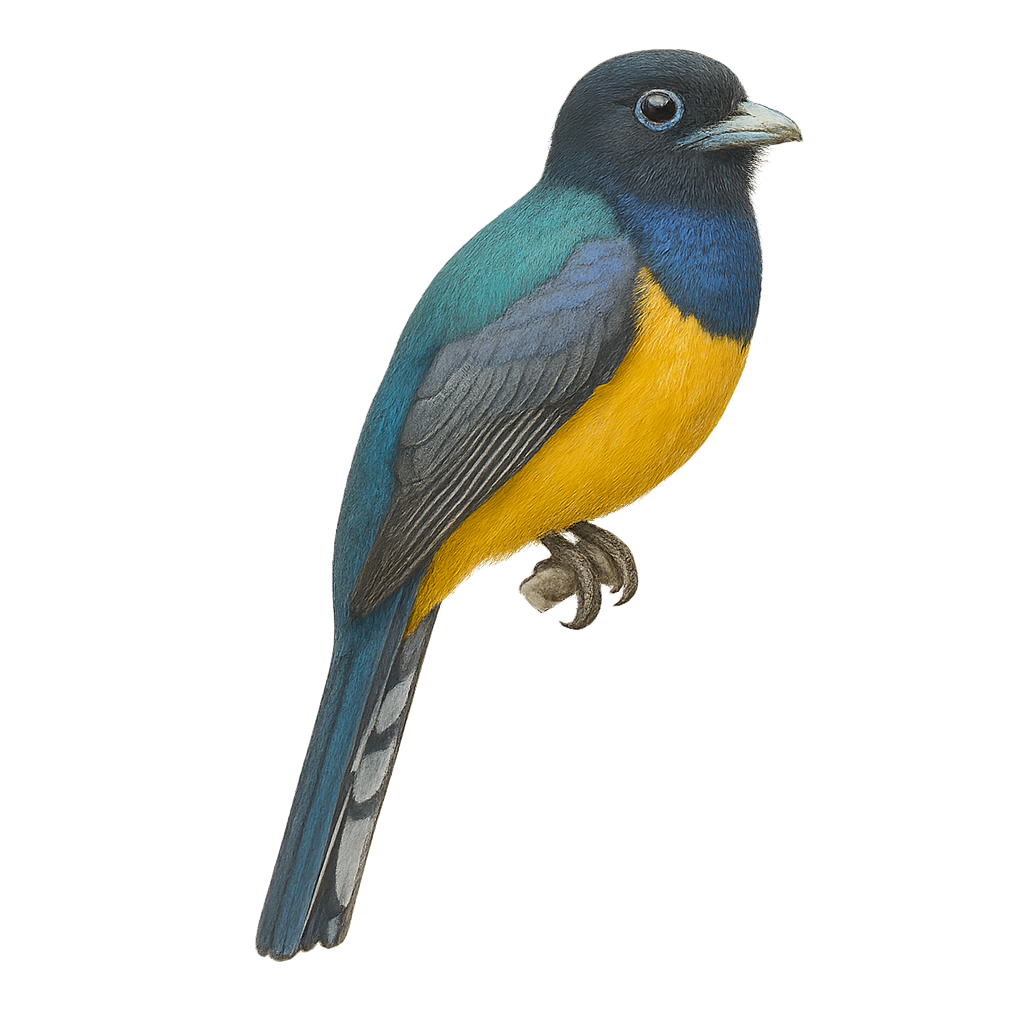Your wildlife photography guide.
Explore the green-backed trogon in detail, study its behavior, prepare your shots.
Where to observe and photograph the green-backed trogon in the wild
Learn where and when to spot the green-backed trogon in the wild, how to identify the species based on distinctive features, and what natural environments it inhabits. The WildlifePhotographer app offers tailored photography tips that reflect the green-backed trogon’s behavior, helping you capture better wildlife images. Explore the full species profile for key information including description, habitat, active periods, and approach techniques.
Green-backed Trogon
Scientific name: Trogon viridis

IUCN Status: Least Concern
Family: TROGONIDAE
Group: Birds
Sensitivity to human approach: Tolerant
Minimum approach distance: 10 m
Courtship display: October to December
Incubation: 16-18 jours
Hatchings: November to January
Habitat:
Tropical forests, rainforests, forest edges
Activity period :
Primarily active during the day, with peak activity in the morning and late afternoon.
Identification and description:
The Green-backed Trogon, or Trogon viridis, is a colorful bird found in the tropical forests of South America, particularly in the Amazon. It is distinguished by its vibrant plumage, with a bright green back, yellow belly, and black chest. Males have a blue-black head with a yellow eye-ring, while females have duller tones. This bird measures about 28 to 30 cm in length and feeds mainly on insects and fruits. It is often seen perched motionless, patiently waiting for its prey. The Green-backed Trogon is a sedentary bird, preferring dense forests where it can effectively camouflage itself with its plumage.
Recommended lens:
400 mm – adjust based on distance, desired framing (portrait or habitat), and approach conditions.
Photography tips:
To photograph the Green-backed Trogon, it's advisable to use a telephoto lens of at least 400mm to capture precise details without disturbing the bird. Look for it in dense tropical forests, where it often perches motionless. Be patient and wait for it to move or hunt to get dynamic shots. The natural light of the morning or afternoon is ideal to highlight the bright colors of its plumage.
The WildlifePhotographer App is coming soon!
Be the first to explore the best nature spots, track rutting seasons, log your observations, and observe more wildlife.
Already 1 430 wildlife lovers subscribed worldwide

